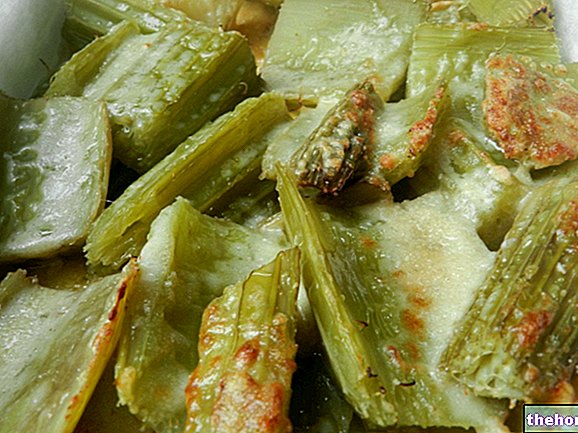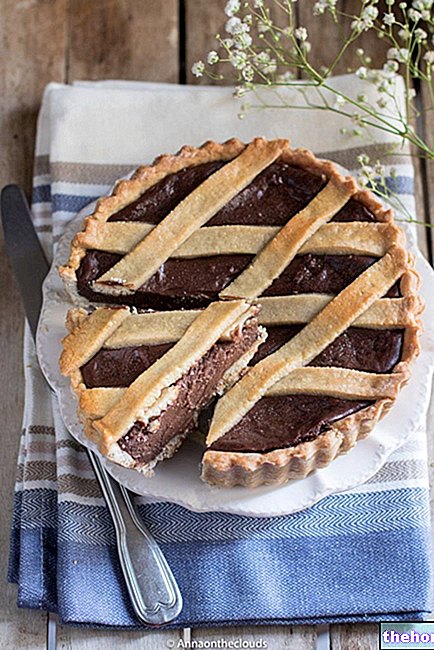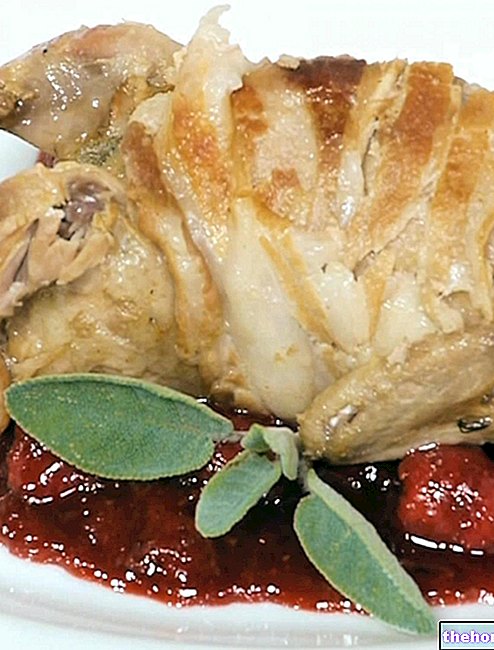Today Meringages! After the Italian and French meringues, today I decided to offer you the Swiss version: it is a special meringue in which the egg whites are whipped hot at 60 ° C (therefore pasteurized) together with the sugar. Swiss meringue, particularly suitable for decorating cakes and sweets, can be baked in the oven or simply passed to the caramel maker after obtaining the desired decorations. Let's see how to prepare Swiss meringue!
Video of the Recipe
Problems with playing the video? Reload the video from youtube.
Identity Card of the Recipe
- 271 KCal Calories per serving
-
Ingrediants
- 120 g (3 medium) of egg white
- 240 g of sugar
- Optional: 120 g of powdered sugar
Materials Needed
- Electric whips
- Pots for cooking in a bain marie
- Bowl
- Sac à poche
- Baking plate
- Baking paper
- Scale weighs food
- Food thermometer
- Caramelizer
Preparation
- In an aluminum or steel bowl, combine the egg whites together with twice as much granulated sugar.
- Pour very little water into a saucepan, bring to a boil, then insert the bowl with egg whites and sugar, taking care that the container does not come into direct contact with the water below.
- Beat the egg whites in a bain-marie with an electric whisk, until the mass has reached a temperature of 60 ° C.
Did you know that
Reaching 60 ° C guarantees the pasteurization of the egg whites: for this reason, the meringue can also be consumed without further baking.- Then remove the bowl from the heat source and whip the mass until it reaches room temperature: the meringue should appear shiny, firm, dense and compact.
- At this point, to add greater density and stabilize the meringue, gradually incorporate the icing sugar a little at a time. Adding powdered sugar is optional.
- The meringue is ready and can be used immediately to decorate cakes, sweets or muffins: in this case, simply combine the Swiss meringue in a pastry bag and squeeze the mass over the cakes until the desired result is obtained. For a better presentation, it is advisable to heat the surface of the meringue with the caramelizer or to pass the meringue for a few minutes under the oven grill.
Did you know that
The Swiss meringue is very suitable for putting into the form of decorations (eg fruits, mushrooms, animals, ghosts, etc.): this is because the mass is compact and guarantees the maintenance of the shape in development and cooking.- Alternatively, combine the meringue in a pastry bag with a smooth or star-shaped spout. Squeeze the bag on a plate, lined with baking paper, to form many tufts spaced apart. Bake at 120 ° C for about 30 minutes or until the inside is dry. Turn off the oven, open the door and let it cool.
Did you know that
There are two types of Swiss meringue. The classic version (proposed here) provides a proportion of egg whites and sugar equal to 1: 3 (1 part of egg whites and 3 of sugar). In the second version, the quantity of sugar is double that of the egg whites: in this case, the sweets will have a weaker structure since the mass appears more vaporous, consequently fragile and subject to absorb more humidity from the environment.Alice's comment - PersonalCooker
If you do not use the meringues immediately, I recommend that you dry them very well before putting them together in a tin box: if well dried, they will remain perfect even for a couple of months.
Are you vegan or allergic to eggs? Then try the egg-free meringue!Nutritional values and Health Comment on the recipe
Swiss Meringue is a rather energetic dessert, with a caloric prevalence attributable to carbohydrates (simple), followed by a few proteins (with a high biological value) and traces of lipids. Cholesterol and fiber are absent.
Swiss Meringue is not recommended in case of overweight, type 2 diabetes mellitus and hypertriglyceridemia. It has no contraindications for other metabolic diseases, for lactose and gluten intolerance.
It is allowed in the ovo vegetarian diet but excluded from the vegan one.
The average portion of Swiss Meringue is around 30-35g (80-95kcal).



.jpg)

.jpg)






















